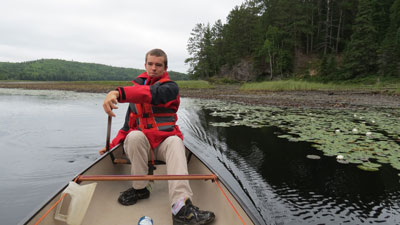 Home |
Mental |
Cardiovascular |
Stregnth
Home |
Mental |
Cardiovascular |
Stregnth
| Muscular | This website shows some different fitness aspects of Outdoor activities. By Hank Meyer & Justin Searle. |
 Home |
Mental |
Cardiovascular |
Stregnth
Home |
Mental |
Cardiovascular |
Stregnth
|
|
|
|
|
||
|
|
|
|
||
|
|
Muscular and Core Stregnth Aspects of Life OutdoorsPaddling uses most of the muscles of the arms and shoulders. Research from Kingston University found that elite kayakers had greater circumferences of the upper arm, forearm and chest than less experienced kayakers or non-kayakers. Grip strength is also enhanced by paddling. The core muscles help provide a good torso twist in paddlesport, as well as aiding stability in the boat. Different Types of paddles can affect your speed in a canoe or kayak. Double ended kayak paddles are higher for speed efficiency but canoe paddles are better for control. Different types of paddles include:
Most of the major muscles involved in the paddling process in the upper body include the following:  Hank | Algonquin 2012
The Core Muscles that are used include:
As for lower body the muscles that are used are:
Other important muscles used in paddlesports include:
|
|
|
|
|
|
|
|
||
|
|
|
|
||